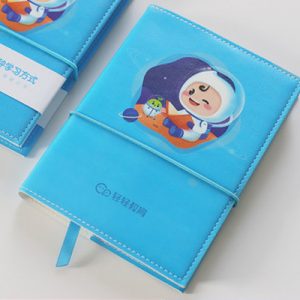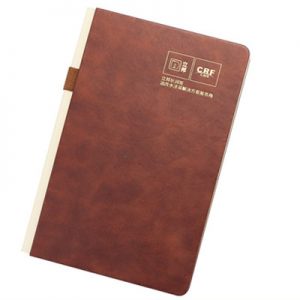Several mainstream binding methods
1. Wireless plastic loading
Features: Wireless binding is a more commonly used binding method. Glue binding after folding. The book block is glued with book hot melt adhesive, which is made by solidifying loose paper on the spine of the book through hot melt glue.
Advantages: fast and affordable.
Scope of application: It has a wide range of applications, and is often used for printing products with relatively large pages such as general documents, bidding documents, materials, and teaching materials.
2. Saddle stitch binding:
Features: Saddle stitch binding is a commonly used binding method for books with a small number of pages.
Advantages: convenient and fast, easy to read and economical.
Scope of application: commonly used in picture albums, atlases, magazines, periodicals, brochures, product manuals, introductions, personal data, business books, etc.
3. Plastic ring/iron ring ring installation:
Features: After collating the pages of the booklet, punch holes, and pierce and bind into a booklet according to the sequence. Durable, can be turned, flat turn, etc.
Advantages: loose-leaf binding, adding and deleting pages is convenient, fast and affordable.
Scope of application: suitable for general meeting materials, desk calendars, wall calendars, tool manuals, etc.
4. Locking plastic assembly:
Product feature: a binding method in which the pages are threaded together with thread, and then the pages of the printed product are fixed on the spine of the book with glue. The same principle as the wireless glue binding.
Advantages: The book block is glued together with a line to fix it, which is more durable; when the book is opened, the content of the book can be fully displayed.
Scope of application: suitable for hardcover books, albums with large pages, samples, etc.



















